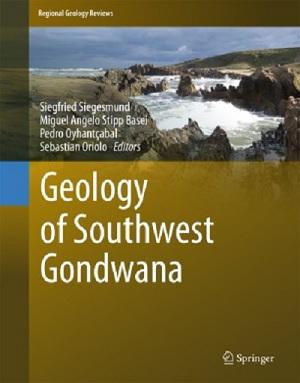Libro: Geology of Southwest Gondwana

Capítulo: The Nico Pérez Terrane of Uruguay and Southeastern Brazil
pp 161-188
Autores: Pedro Oyhantçabal, Sebastián Oriolo, Ruy Paulo Philipp, Klaus Wemmer, Siegfried Siegesmund
Abstract: The Nico Pérez Terrane of Uruguay and southeastern Brazil is characterized by an important component of Archean crustal growth and extensive post-Archean crustal reworking recorded in Paleoproterozoic zircon magmatic crystallization ages in widely distributed granitic orthogneisses. Supracrustal blocks of an older Neoarchean to Siderian sedimentary cover including BIFs, quartzites and marbles are preserved only as minor relics. Additionally, an intraplate Mesoproterozoic record includes anorthosite complexes, metagabbros, amphibolites, felsic volcanic rocks and sediments assumed to correspond to a stable platform cover. Rocks with similar isotopic features occur also as basement inliers and roof pendants in the batholiths of the Dom Feliciano Belt. Two different subterranes are recognized in the Nico Pérez Terrane, separated by the north-northeast-trending Caçapava–Sierra de Sosa Shear Zone. The granulite-facies Valentines Rivera and Santa Maria Chico granulitic complexes crop out in the western side of the shear zone and were less reworked during the Neoproterozoic, while the Pavas Block of Uruguay and several basement inliers in the Tijucas Terrane and Pelotas Batholith of Brazil were strongly reworked. Cooling ages, extensive shear zones and granite intrusions document this reworking that was probably facilitated by a thin lithosphere. The Nico Pérez Terrane represents a fragment of the Congo Craton separated during the Neoproterozoic.

